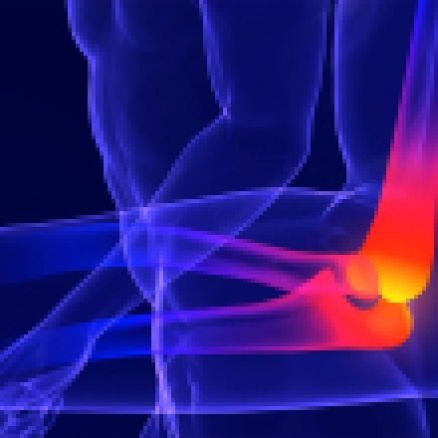Every month, JBJS publishes a review of the most pertinent and impactful studies from the orthopaedic literature during the previous year in 14 subspecialty areas. Click here for a collection of all such OrthoBuzz Guest Editorial summaries.
This month, co-author H. Mike Kim, MD selected the 5 most clinically compelling findings from among the studies highlighted in the most recent “What’s New in Shoulder and Elbow Surgery.”
Rotator Cuff Repair
–In a multicenter study of patients undergoing treatment of rotator cuff tears, investigators compared operative and nonoperative treatment with respect to the time to achieve clinically meaningful improvement in pain and function1. The nonoperative group had a significantly greater probability of achieving the minimum clinically important difference in the Shoulder Pain and Disability Index (SPADI) scores at 3.3 months. But the operative group had significantly greater probability of achieving a >50% improvement in SPADI scores at 15.5 months and American Shoulder and Elbow Surgeons (ASES) scores at 24.7 months.
–A prospective, randomized observational trial evaluated the efficacy of concomitant suprascapular nerve decompression at the time of rotator cuff repair2. Shoulder function, MRI, and EMG and nerve conduction studies were assessed for 19 patients randomized to repair with or without nerve decompression. No clinically relevant difference between the 2 groups was found for any clinical parameter. The study was terminated because of safety concerns, with a 33% rate of electrophysiologic complications with no obvious clinical benefits of suprascapular nerve decompression.
Reverse Total Shoulder Arthroplasty
– A prospective, randomized study evaluated the utility of tendon transfers at the time of reverse shoulder arthroplasty (RSA) in treating combined loss of elevation and external rotation3. Both RSA treatment groups (16 patients who underwent a latissimus dorsi and teres major tendon transfer and 12 patients who did not) demonstrated significant improvements in the ability to perform ADLs requiring active external rotation postoperatively. Hornblower sign resolution occurred postoperatively in 73.3% and 58.3% of those with and without tendon transfer, respectively. The authors concluded that functional improvement in activities requiring external rotation could be achieved in RSA regardless of a concomitant tendon transfer.
– In an investigation of risk factors for acromial and scapular fractures in RSA, researchers found that such fractures occurred in 1.5% of 4,125 shoulders that underwent primary RSA with 1 prosthesis4. Female sex, rheumatoid arthritis, a diagnosis of cuff tear arthropathy, and the use of more baseplate screws were identified as significant risk factors on multivariate analysis.
Shoulder Instability
–In a multicenter study of patients with first-time shoulder dislocation, patients were randomized to nonoperative management using an external rotation abduction brace (60 patients) or arthroscopic Bankart repair (52 patients)5. No significant differences were found between the groups at 2 years with respect to patient-reported outcomes. However, the nonoperatively treated group had a significantly higher rate of instability (19.1%) compared with the operatively treated group (2.3%).
References
- Song A, DeClercq J, Ayers GD, Higgins LD, Kuhn JE, Baumgarten KM, Matzkin E, Jain NB. Comparative time to improvement in nonoperative and operative treatment of rotator cuff tears. J Bone Joint Surg Am. 2020 Jul 1;102(13):1142-50.
- Gerber C, Meyer DC, Wieser K, Sutter R, Schubert M, Kriechling P. Suprascapular nerve decompression in addition to rotator cuff repair: a prospective, randomized observational trial. J Shoulder Elbow Surg. 2020 Aug;29(8):1633-41. Epub 2020 Jun 9.
- Young BL, Connor PM, Schiffern SC, Roberts KM, Hamid N. Reverse shoulder arthroplasty with and without latissimus and teres major transfer for patients with combined loss of elevation and external rotation: a prospective, randomized investigation. J Shoulder Elbow Surg. 2020 May;29(5):874-81.
- Routman HD, Simovitch RW, Wright TW, Flurin PH, Zuckerman JD, Roche CP. Acromial and scapular fractures after reverse total shoulder arthroplasty with a medialized glenoid and lateralized humeral implant: an analysis of outcomes and risk factors. J Bone Joint Surg Am. 2020 Oct 7;102(19):1724-33.
- Minkus M, Königshausen M, Maier D, Mauch F, Stein T, Greiner S, Moursy M, Scheibel M. Immobilization in external rotation and abduction versus arthroscopic stabilization after first-time anterior shoulder dislocation: a multicenter randomized controlled trial. Am J Sports Med. 2021 Mar;49(4):857-65. Epub 2021 Feb 17.



